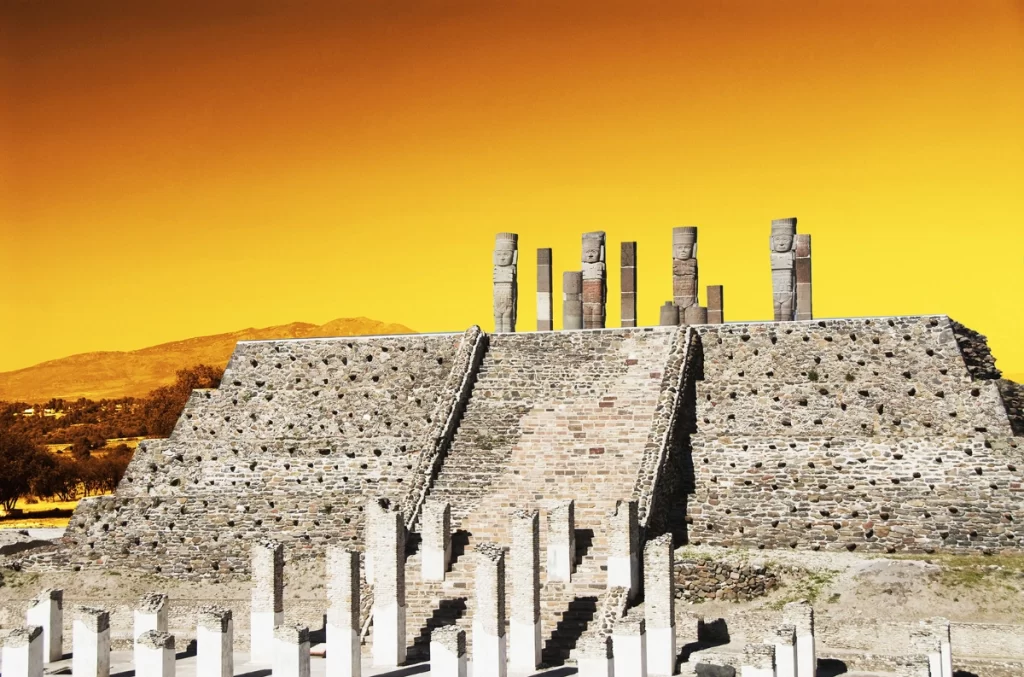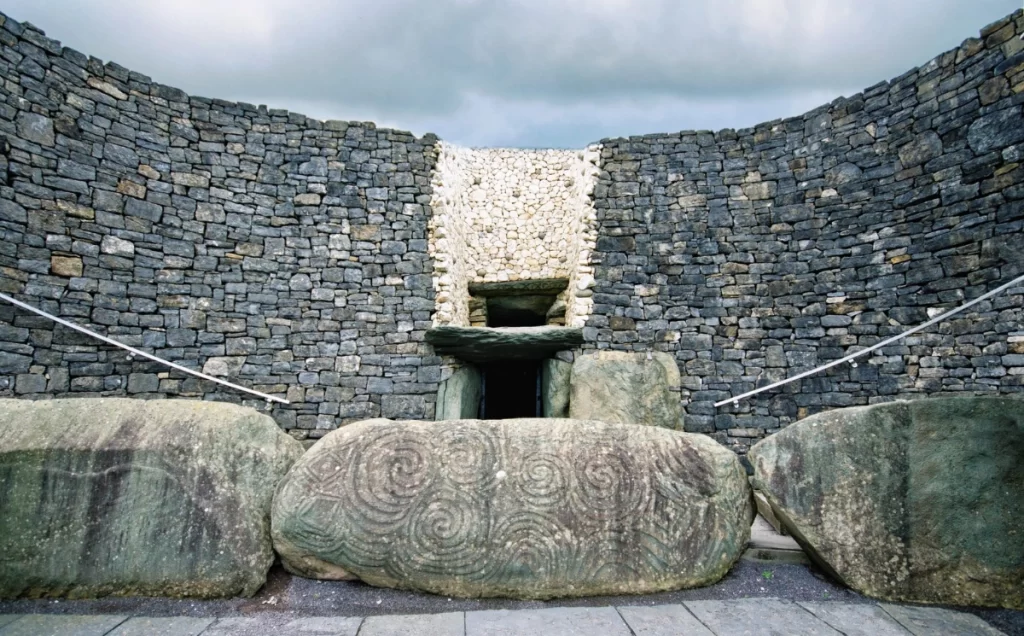Pyramid Discovered During Highway Construction
An ancient pyramid-shaped structure, estimated to be 1,375 years old, was discovered during the Pachuca-Huejutla highway construction in the Sierra Alta region of Hidalgo, Mexico City. Officials from Mexico’s National Institute of Anthropology and History (INAH) revealed that the structure has a “pyramidal base;” a foundational element for a pyramid typically built above it.
Héctor Labra Chávez, the director of tourism in San Agustín Metzquititlán, said that there were “no known remnants of pre-Hispanic civilisations in this immediate area. Deeper studies are essential to uncover the cultural context of this significant find.” Even though the discovery was made in June, it was announced to the public in December 2024.
Who Built the Pyramids?
In Mesoamerica, (modern-day Central Mexico and northern Costa Rica), pre-Hispanic civilizations, the likes of Maya, Aztec, and Teotihuacán constructed pyramid-like monuments for ceremonial and religious functions. These pyramids incorporated central staircases and step designs. Some of the pyramidal temples were seldom located in the core of urban centres.

An Important Discovery!
The base was initially discovered during the expansion of a new lane on Mexican Federal Highway 105. Formally designated as Structure 1, the pyramid rises more than 1,000 feet. It is situated at the core of a larger complex that includes 10 temple mounds, which have not withstood the ravages of time.
At the time, experts suggested that the structure might’ve originated from a pre-Hispanic community – San Miguel of Metztitlan, a kingdom that never gave up to the Aztec domination. The site consists of five sections and ten archaeological mounds, containing artefacts and infrastructure spanning from the Late Classic period (AD 650-950) to the Aztec era or the Late Post Classic period (1350-1519).
With further excavation, archaeologists retrieved 155 artefacts, which included shells, ceramics, lithic artefacts, and materials made of lime, coal, charred wood and more. The pyramidal base was reinforced with a 43-meter-long masonry wall. The preliminary investigation also uncovered shards of obsidian, cave paintings, arrows, and common household items.
What Comes After This Massive Discovery?
INAH carried out an archaeological rescue initiative where they documented the site with drones. These drones produced digital photogrammetric models. Additionally, they collected samples from coal, soil, and charred wood, among other materials. It was safeguarded using a geotextile material. They aim to construct a wall, approximately 141x38x2.6 ft made of rock masonry along the exposed base of the pyramid.

The researchers talk about the significance of the discovery; stating, “The data generated by this archaeological record will contribute to the understanding of human occupation in the Sierra Alta region of Hidalgo, specifically in the Barranca de Metztitlán area, where, according to historiography, the first settlements date back at least 14,000 years.”
As per a report by Mexico News Daily, the pyramidal base was reburied as a conservation measure after documenting it and creating 3D models. This decision was influenced, in part, by Mexican President Claudia Sheinbaum’s directive to reduce INAH’s budget by 45%, which constrained funding for additional research and exploration. The budget for INAH decreased from $395,000 to $222,000.
Image Courtesy – Daily Express
Contributor





